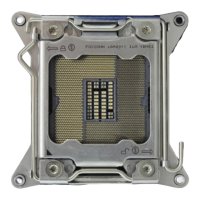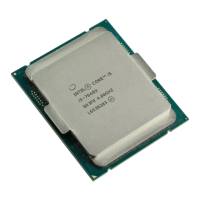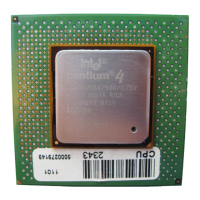Each Intel® Ethernet Adapter has a pool of virtual ports that are split between the various features, such as
VMQ Offloading, SR-IOV, Data Center Bridging (DCB), and Fibre Channel over Ethernet (FCoE). Increasing
the number of virtual ports used for one feature decreases the number available for other features. On devices
that support it, enabling DCB reduces the total pool available for other features to 32. Enabling FCoE further
reduces the total pool to 24.
NOTE: This does not apply to devices based on the Intel® Ethernet X710 or XL710 controllers.
Intel PROSet displays the number of virtual ports available for virtual functions under Virtualization properties
on the device's Advanced Tab. It also allows you to set how the available virtual ports are distributed between
VMQ and SR-IOV.
Teaming Considerations
l If VMQ is not enabled for all adapters in a team, VMQ will be disabled for the team.
l If an adapter that does not support VMQ is added to a team, VMQ will be disabled for the team.
l Virtual NICs cannot be created on a team with Receive Load Balancing enabled. Receive Load Balan-
cing is automatically disabled if you create a virtual NIC on a team.
l If a team is bound to a Hyper-V virtual NIC, you cannot change the Primary or Secondary adapter.
Virtual Machine Multiple Queues
Virtual Machine Multiple Queues (VMMQ)enables Receive Side Scaling (RSS) for virtual ports attached to a
physical port. This allows RSS to be used with SR-IOV and inside a VMQ virtual machine, and offloads the
RSS processing to the network adapter. RSS balances receive traffic across multiple CPUs or CPU cores.
This setting has no effect if your system has only one processing unit.
SR-IOV Overview
Single Root IO Virtualization (SR-IOV) is a PCI SIG specification allowing PCI Express devices to appear as
multiple separate physical PCI Express devices. SR-IOV allows efficient sharing of PCI devices among
Virtual Machines (VMs). It manages and transports data without the use of a hypervisor by providing
independent memory space, interrupts, and DMA streams for each virtual machine.

